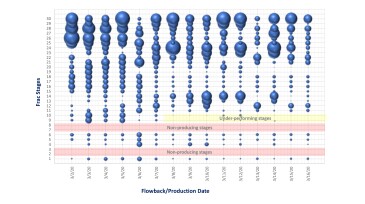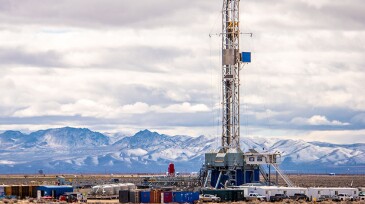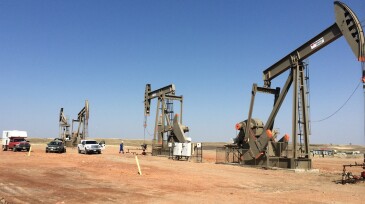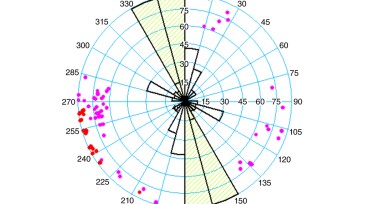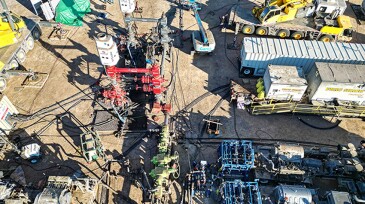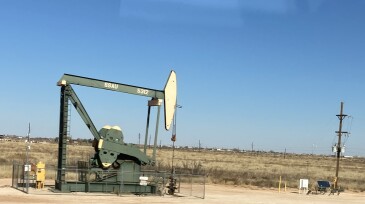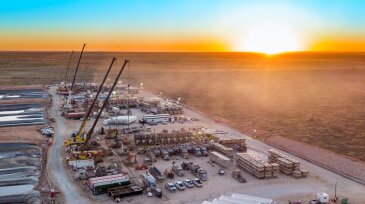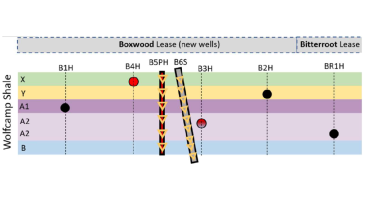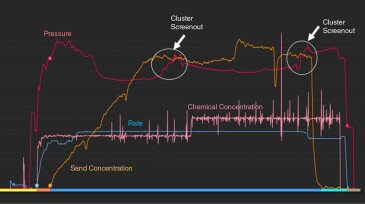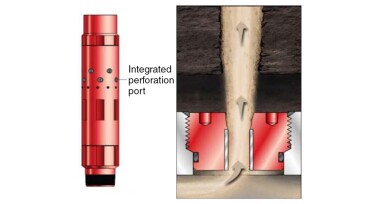Fracturing/pressure pumping
Technology developers expect the tight-oil industry to give lightweight proppants another look after the Permian Basin’s biggest operator becomes an adopter.
In this third work in a series, the authors conduct transfer-learning validation with a robust real-field data set for hydraulic fracturing design.
This paper describes development of a high-temperature water-based reservoir drill-in fluid using a novel synthetic polymer and customized with optimal chemical concentrations and sized calcium carbonate.
-
SponsoredThe data that comes with mapping flow behavior at the stage level of unconventional wells was once accessible only through the installation of costly and intrusive diagnostic methodologies like fiber optic or running production logging. New-generation FloTrac ultrahigh-resolution nanoparticle tracer technology with subatomic spectroscopic measurement techniques now de…
-
Fervo Energy’s bet that fracturing methods can be used for geothermal power is looking like a winner.
-
North Dakota's EERC argues that the suboptimal frac jobs of yesterday explain why fracture interactions boost production in the tight-oil play.
-
This paper proposes a multidomain approach to tackle petrophysical and geomechanical aspects of a fracture system governing the carbonate layer of an exploration well in Kuwait to assess producibility and qualification for stimulation.
-
The trend in fracturing designs has been longer stages with more perforation clusters, which save time and money. But there are a couple of companies testing whether shorter is better for production.
-
The US onshore business is looking flat at the moment, though these sorts of predictions are prone to sudden shifts.
-
The US-based drilling contractor and well completions company will combine to form the second-biggest service company in North America.
-
This paper describes efforts at the Hydraulic Fracturing Test Site 2 to collect a research data set to improve understating of spatial and temporal hydraulic fracture dimensions, proppant distribution, and reservoir depletion.
-
This paper presents an integrated system for fracturing optimization using real-time and historical data along with organizational knowledge and the challenges and key considerations of implementing such a system.
-
In this paper, a comparison is presented of the range of production outcomes for Clair Phase 1 and Clair Ridge, including the potential downsides of relying on natural fractures.




